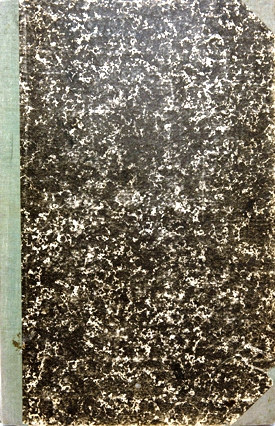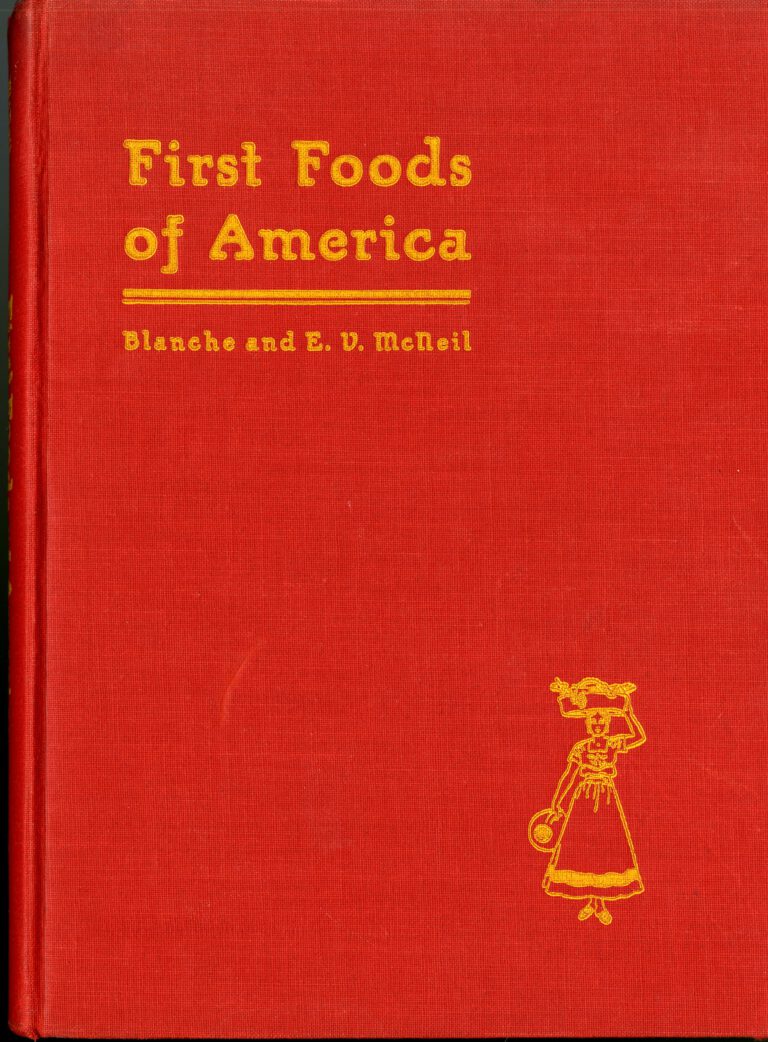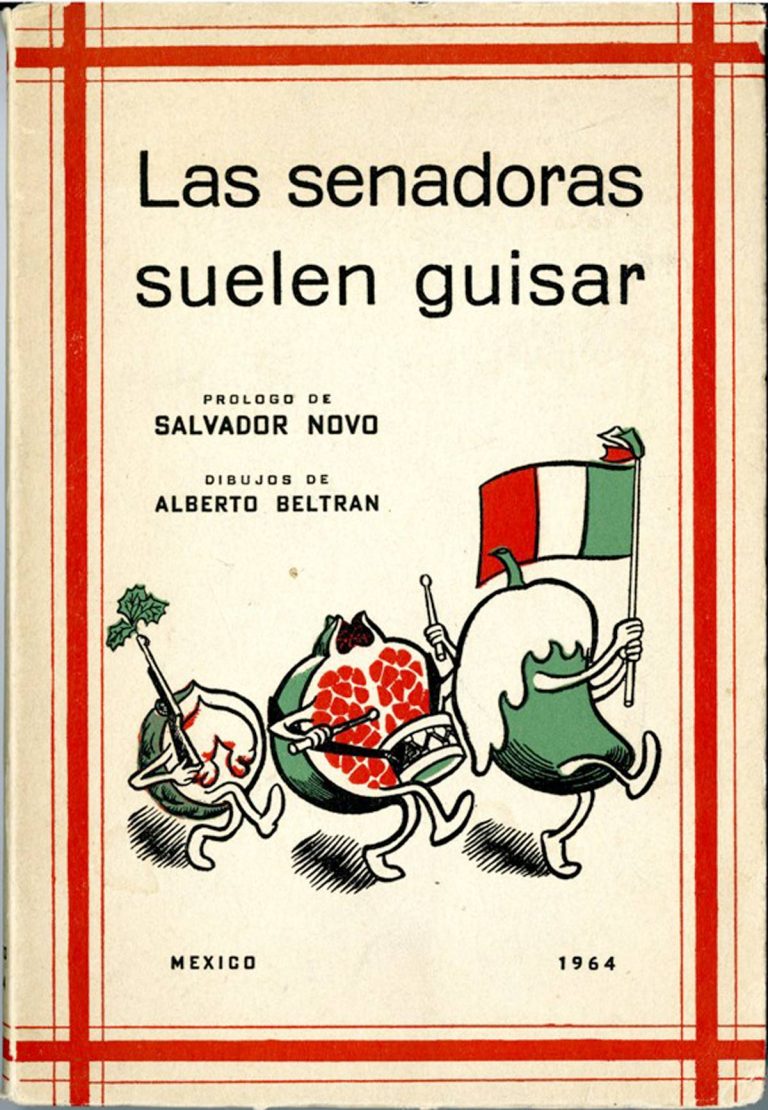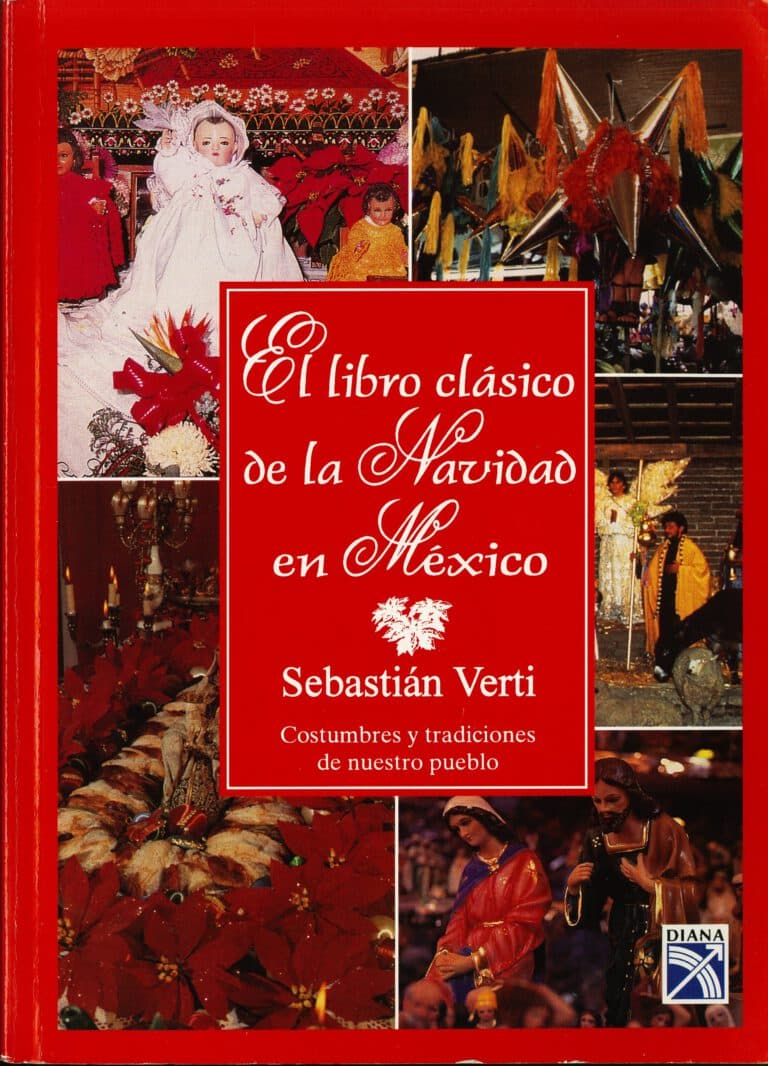High Tea in Mexico 1092
Volante, Hortensia. Cuaderno de Recetas de Cocina. 1902. TX716 .M4 V65 1902. Mexican Cookbook Collection. UTSA Libraries Special Collections. [Digital Surrogate]

Last week’s post featured menus from Resetas de Cocina: Refrescos, Reposteria, Dulces, one of eleven school notebooks belonging to Hortensia Volante, ranging in date from 1900-1928. This week, we take a look at one of Hortensia’s notebooks from 1902.
Although Cuaderno de Recetas de Cocina contains a wide variety of savory and sweet recipes, one of the most interesting entries is the one for Te (tea). Sandwiched between Dulce de Peras (pear candy) and Natillas (custard), Hortensia recorded instructions not for how to make tea, but for what to serve at Tea, a social meal or event derived from the English tradition.
Te [00040]
Un te resuelta muy bien servido con los siguientes elementos: te, leche, sandwichs, panecillos de foie gras, petits gateaux de soirée, panecitos, plum puding, un baba, una brioche grande, galletas saladas y de otras sortes, lenguas de gato, pastas para te y dulces. Vinos Jerez y o porto.
Tea [00040]
A tea goes well if the following are served: tea, milk, sandwiches, rolls with foie gras, Petits fours, bread rolls, plum pudding, baba [1], a large brioche [2], soda crackers and other kinds, cat tongue cookies [3], [pastas] for tea [4], sweet wine, sherry, or port.
[1] Baba is a French dessert, often referring to rum baba, which is a yeast-based pastry saturated with rum and filled with cream.
[2] Brioche is a rich egg bread of French origin.
[3] See past posts for cat tongue cookie recipes. No felines were harmed in the making of these.
[4] Hortensia uses both French and Spanish in her notebooks. If French, pasta would translate as Italian pasta noodles; if Spanish, it would translate as something like pastry dough. In this context, I could imagine it referring either to the kinds of cold pasta salads one might serve at a luncheon or a variety of small pastries suitable for the same.



![Salud con Jugos (1999) by Abel Cruz [TX815 .C78 1999]](https://lacocina.utsa.edu/wp-content/uploads/2013/11/txsau-tx815-c78-1999002-768x1147.jpg)


